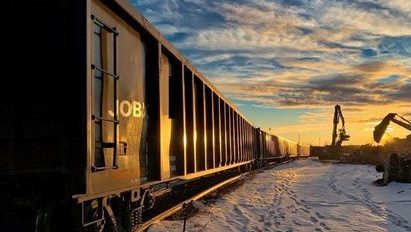The Wide Array of Gondola Railcars (CONTINUED!)
This post is complimentary to our March 2023 Blog Post “Mill Gondola Railcars”. You may read that blog here or continue on to learn about today’s topic: High Cube Gondolas. To ensure we don’t miss giving you any education, the gondola is a tried-and-true railcar that is extremely universal, carrying anything from sand, gravel and boulders to scrap steel, bundled ties, steel plate and rolls of steel, woodchips to coal, coke and taconite this railcar type has a very wide application. Gondolas have a wide array of sizes and cubic capacity ranging from approximately 1980 cubic capacity at 100 tons of carrying capacity to approximately 7000 cubic foot capacity at 110 tons or carrying capacity. They are generally very well and sturdily made with structural requirements consistent with their use. The commodities they carry tend to be really hard on equipment and the gondola is built to last.
Variations of the Gondola
The table below shows the various specifications of the gondola and a general description of various sizes and capacity. Please note this table is not all inclusive. There are multiple equipment type codes (ETC) for gondolas which means there a quite a few nuances within the gondola railcar world. For the purposes of our “conversation” today, we’ll focus in on the high cube gondola market.

Flat Bottom Gondolas
The flat bottom gondola is one of the first-generation coal railcars. With initial cubic capacities as low as 3800 cubic feet (most of these have been scrapped or placed into alternative service) to as high as 4300 cubic feet, these railcars had sufficient room for 100 tons of coal with a little space left over. Most were equipped with interior bracing and rotary couplers enabling unit trains of coal or taconite to be dumped while entrain. This saved immensely on switching time and costs. High cube steel flat bottoms gondolas are now popular in light weight steel scrap, baled waste, lumber, railroad ties, maintenance of way operations, etc. Looking for high cube gondolas? See what Tealinc has to offer here.
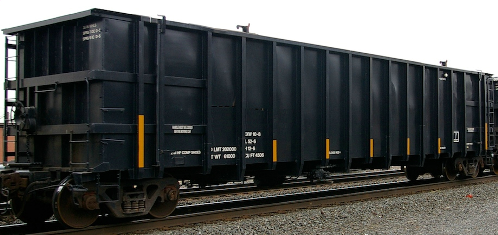
Flat bottom gondola railcars
Depressed Center and Tub Gondola Railcars
The depressed center and tub bottom gondola was originally built with and without center sills. Those that had no center sill depended on the railcar body to support the railcar and were referred to as a stub sill design. The stub sill allowed for a single tub to be used creating additional capacity while lowering the center of gravity on the railcar. This design had inherent problems in breaking where the stub sill met the railcar body. Manufacturers devised a fix that worked fairly well for these single tub gondolas. Builders during this same time frame started mass producing these railcar types in a thru center sill design and used a two tub design, one on each side of the center sill, sacrificing a little capacity over the cracking and breaking problems. All of these railcars were designed for rotary service. The design really took off when long haul coal from the Southern Powder River Basin (SPRB) in Wyoming and the Northern Powder River Basin (NPRB) in Montana required shipment from Wyoming and Montana to far eastern destinations, averaging 900 to 1000 miles or more per trip. Colorado and Utah coal was also moved in-masse to export terminals on the west coast.
Coal railcars switched from steel to aluminum consecutive with the growth in the length of haul. At its’ peak, coal shipments accounted for approximately 650,000 tons of coal being shipped out of the PRB (Powder River Basin) to eastern and western destinations. When eastern coal was added from the Central Appalachian Mountains to the mix, coal transportation by rail exceed 1,000,000 tons per year.
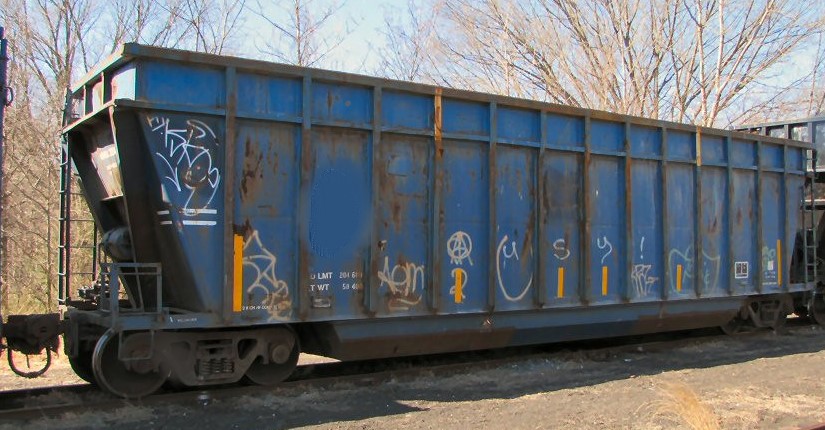
Depressed Center High Cube Gondola Railcars
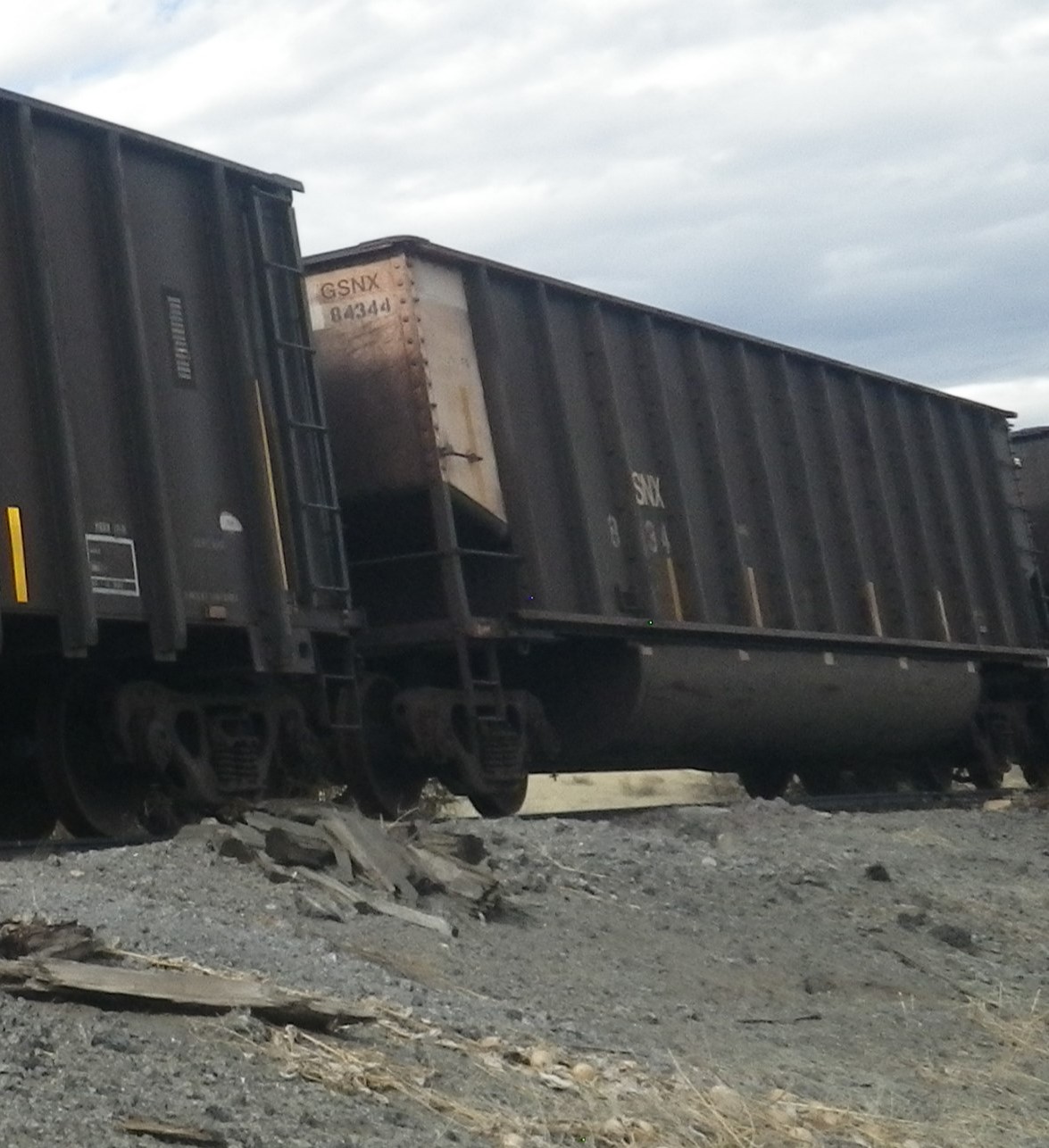
Single tub steel coal gondola. Migrated out of coal service into scrap and construction and demolitions debris.
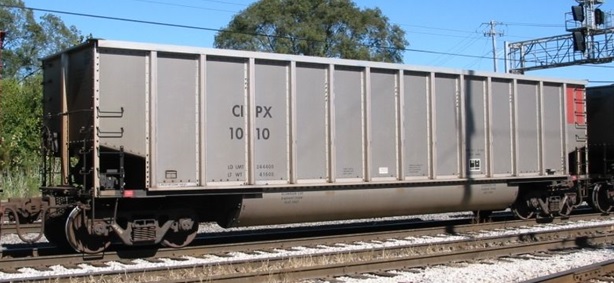
Modern aluminum coal gondola twin tub design with 286k gross weight on rail capacity.
Loading and Unloading Processes for a Gondola Railcar.
Magnet.
For metallic products, an overhead magnet is ideal for loading and unloading. The high cube gondola has a tall side and making maneuverability of a magnet successfully; however, tricky if the railcar has a depressed center or tub bottom.
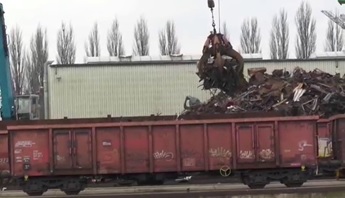
Rotary Dumper. Physically rolling the railcar upside down is a common unloading method for coal, coke, and taconite. It is a standard of the industry to unload a train without uncoupling the railcars from each other. Each railcar is equipped with a rotary coupler allowing the railcar to turn over without snapping off the draft system. This railcar design has a stripe on the A end of the railcar for the purpose of being able to easily tell if a train is stripe aligned (A end to B end consistently throughout the train).
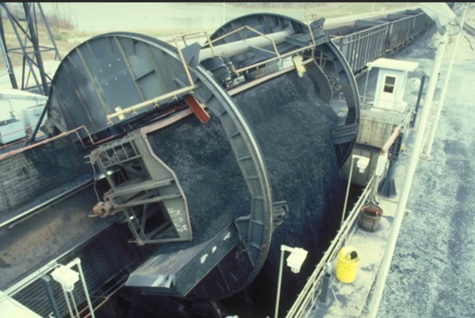
Rotary dumping a coal railcar
Want to know more about gondola railcars?
Want to lease, buy, sell or trade gondolas?
Want to discuss your specific railcar questions with Tealinc?
Explore Railcar Supply & Demand with Tealinc
www.tealinc.com | (708) 854-6307 | kristen@tealinc.com

